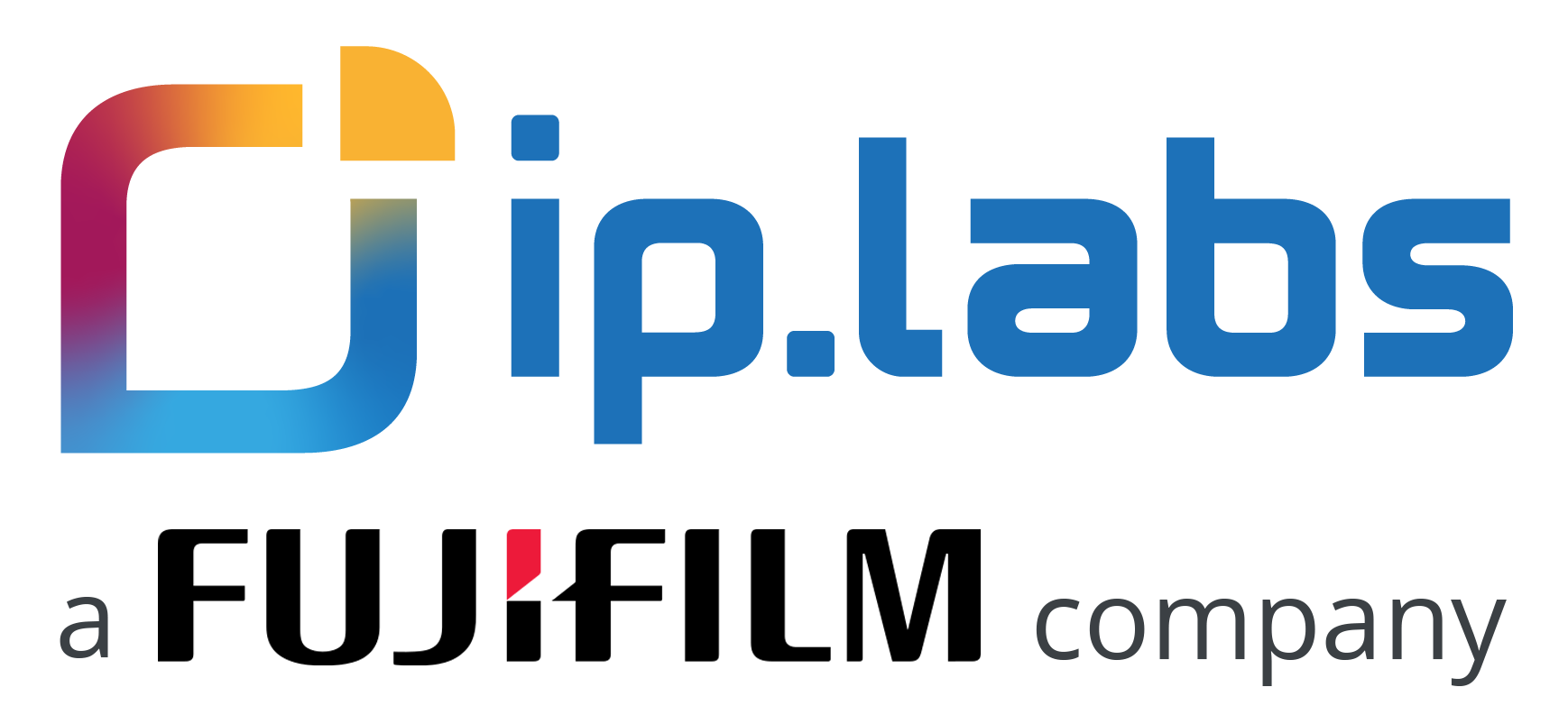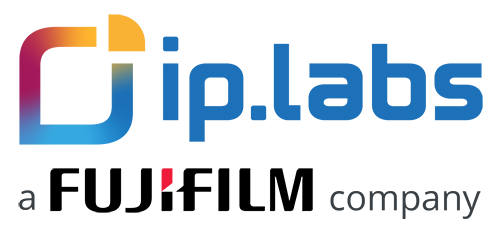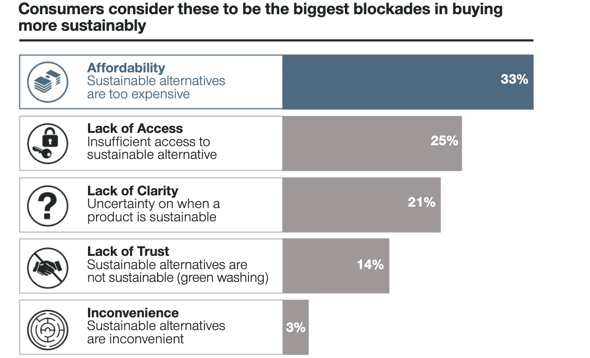8 min read
Picture It Green: The Importance of Sustainability in Photo Business
Oct 18, 2023

The global market for personalized gifts is in the midst of a post-COVID boom, with the sector projected to grow from an estimated US$30.3 billion in 2022 to an incredible US$47.6 billion by the end of the decade. However, as the sector’s financial power expands onwards and upwards, so does its environmental impact.
This concern isn’t a trivial matter, either. A quick glance through the financial pages of any news outlet demonstrates the growing significance of sustainability and ESG (Environmental, Social, and Governance) in today's business world. More and more corporate decisions are being viewed through a green lens, and customers are paying attention.
This increased focus presents both challenges and opportunities to the global photo business. An honest, open approach can be a path to growing success – both financially and reputationally – while half-hearted measures may end up causing more harm than doing nothing at all.
Contents
- THE DEMAND FOR ETHICAL SOLUTIONS
- FOUR PRACTICAL STEPS TOWARD A SUSTAINABLE PHOTO BUSINESS
- RESISTING THE LURE OF GREENWASHING
- THE ROAD TO SUSTAINABILITY
The Demand for Ethical Solutions
The need for sustainability in general should be obvious to all of us. However, it’s worth remembering that there’s also an increasingly potent business case behind the need to change.
As more and more consumers begin to appreciate the importance of sustainability, their buying sentiment is increasingly leaning towards responsible and ethical solutions and providers. Research from McKinsey found that products demonstrating ESG-related credentials averaged 8% greater cumulative growth over the past five years than their competing brands.
This evolving demand within the photo business unlocks potential business opportunities for market players. People want to buy ethically produced goods, whether that means fair trade coffee or photobooks printed on recycled paper.
However, we should acknowledge that the inherent nature of the printing business is not always eco-friendly. Traditional printing processes are resource-intensive, consuming significant amounts of paper, ink, and energy, and this environmental footprint clashes with the growing demand for greener solutions. However, the industry is not remaining static – with every passing year, companies are adopting new technology and new practices to keep their products aligned with their ESG ambitions.
Four Practical Steps Toward a Sustainable Photo Business
1. Sustainable Materials
When it comes to paper, there are a few options photo printing businesses can explore to reduce their environmental impact. Using paper made from recycled materials or sourced from responsible forestry operations with FSC certification can significantly reduce the carbon footprint compared to relying on virgin paper.
For any recycled paper sourced, it's important to ensure the recycling process itself is efficient in its use of chemicals, water and energy. Partnering with paper mills that use renewable energy sources can further improve sustainability.
In terms of finding more eco-friendly inks, traditional petroleum-based inks contain volatile organic compounds (VOCs) that get released into the environment and cause harm. By transitioning to vegetable oil-based or water-based inks, photo businesses can eliminate VOCs in their printing work. Soy, linseed and other plant oils have been shown to work effectively as ink vehicles, but it's important these are sourced from farms with sustainable agricultural practices. Even the pigments used in inks can come from renewable plant materials rather than mined minerals.
Customer preference regarding sustainable products in 2023 / thesustainableagency.com
However, it’s important that print quality standards should not be compromised during any shift in inks. Photo businesses can work closely with their ink suppliers to develop custom sustainable ink options tailored to their specific printing technology and quality needs.
2. Energy-Efficient Operations
Energy usage plays a huge role in sustainability, and any steps both printers and e-commerce businesses can take to reduce the amount of power they consume will have a major impact on their carbon footprint.
When it comes to day-to-day operations, investing in energy-efficient printing machines and other equipment certified through programs like Energy Star can considerably cut electricity consumption. This should be key criteria when researching any new machines and tools to invest in.
On a larger scale, using renewable energy sources like solar or wind power can increase sustainability. While installing on-site solar panels or wind turbines may not be feasible for all businesses, other options like purchasing renewable energy credits or signing up for a green energy provider can still support the renewable energy market.
For companies that operate either data centers or print facilities, it’s important to ensure these spaces maximize energy efficiency through LED lighting, intelligent HVAC systems, and insulation. Taking a holistic look at business operations to identify energy optimization opportunities will reduce both costs and environmental impact.
3. waste Management
If photo businesses are serious about reducing waste in printing operations, they should regularly maintain and calibrate their printing equipment to optimize its performance. This doesn’t just save energy - well-maintained machines are less likely to result in misprints, jams, and other issues that lead to wasted paper and ink. Adopting digital proofing technology can also minimize the need for multiple physical test prints.
Of course, eliminating waste entirely is impossible. But when it does inevitably occur, it’s important that a business has clear procedures to recycle paper, reuse scrap paper, and properly dispose of used ink cartridges, printing plates, and other consumables.
Partnering with qualified recycling agencies can help ensure different waste materials are handled appropriately, and any hazardous chemicals should be disposed of through licensed handlers. A comprehensive waste management plan tailored to the specific printing operations can help minimize what ends up in landfills. With some creativity, even wastepaper could be recycled for uses like packaging filler.
Waste is an unfortunate byproduct of printing, but sustainable policies and vendor partnerships can ensure it is mitigated.
4. Sustainable Packaging and Shipping
It’s important to remember that the finished product isn’t the only material involved in a sale – especially when selling directly to consumers through an e-commerce platform. Plenty of packaging is needed to ensure that personalized photo products arrive in pristine condition, and that can generate a lot of waste.
Therefore, when preparing products for shipment, retailers and printers should evaluate their packaging materials and logistics partners through a sustainability lens. For packaging, maximizing recycled content or easily recyclable materials like paper and cardboard helps minimize environmental impact.
Reducing or eliminating plastics in favor of paper-based or biodegradable alternatives like mushroom packaging also prevents waste ending up in oceans and landfills. When selecting shipping partners, looking for carriers that offer carbon-neutral delivery options is impactful. Carbon-neutral shipping involves calculating emissions from transport and offsetting that through investments in renewable energy, forestation or other sustainability initiatives.
If carbon-neutral shipping is unavailable, prioritizing ground transport over air whenever feasible can still reduce emissions. Packaging design choices can also increase efficiency through strategies like consolidating orders in shared boxes. With some ingenuity, the packaging and shipping process can drastically shrink the carbon footprint of getting products to customers.
Resisting The Lure of Greenwashing
So far, we’ve been focusing on what photo businesses should be doing to promote sustainability. Now, we need to address something they should avoid at all costs – greenwashing.
Greenwashing is when companies exaggerate or falsely claim to be environmentally friendly in their operations, products, or services to appeal to eco-conscious consumers without implementing substantial sustainable practices. It's a deceptive marketing strategy intended to make an organization appear more committed to environmental responsibility than it truly is.
In the photo industry, this could manifest as businesses promoting "eco-friendly" products or processes that have minimal environmental benefits or even negative impacts when examined closely. Greenwashing undermines genuine sustainability efforts and can mislead consumers who are trying to make environmentally responsible choices.
Does this mean that businesses shouldn’t mention their green credentials as part of their marketing? Of course not. But it’s vital that any sustainability efforts are genuine – they should be about what does good, not what looks good.
The Road to Sustainability
Despite the challenges on the road to sustainability, they can be tackled with true effort, innovative strategies, and a deep understanding of market nuances. It's vital for businesses to perceive sustainability not as a fleeting trend, but as a lasting commitment benefiting both the world and their ventures. Consumers appreciate brands thinking about their processes and do not expect them to be perfectly sustainable at the click of a button. But they want to see the business make the effort.
With a well-planned roadmap rooted in authenticity, the photo industry can traverse the path to sustainability at a steady, earnest pace - winning over eco-conscious consumers along the way. The destination promises compelling benefits for business and the planet alike.
Topics: photo commerce
Written by Darsi G.
Hey there! I love the whole process of article creation and enjoy writing blog posts. They not only provide the readers with great information but help me, as a digital marketer and writer, learn a lot of new things throughout the research and blog post finalization process. It is a win-win situation! P.S. Hope you like my blog posts!





